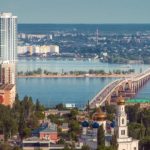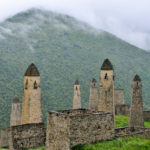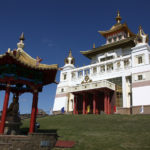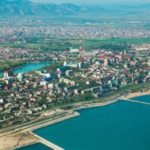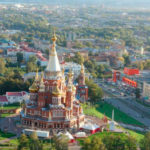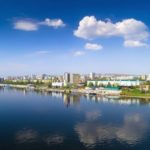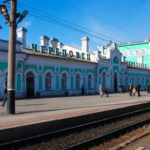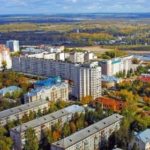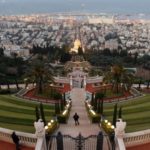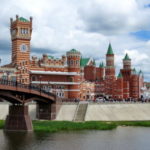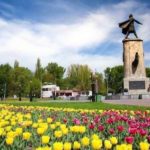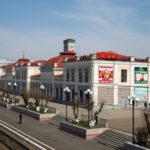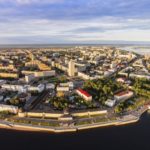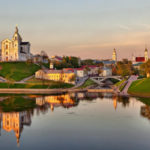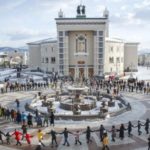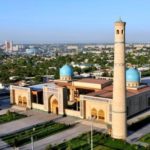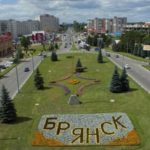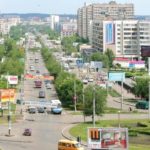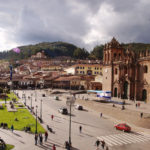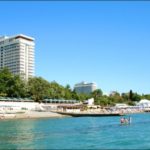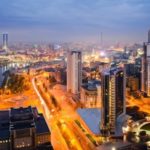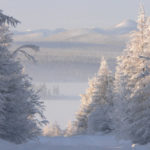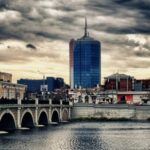17 interesting facts about Syktyvkar
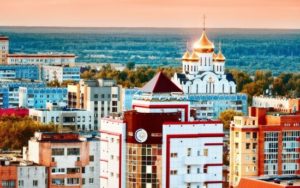 Once upon a time, the city of Sykryvkar, which appeared long ago, found still the times of the Russian Empire, albeit under a different name. For many centuries, local residents existed mainly by hunting, but since then everything has changed, and now this city is a large industrial center.
Once upon a time, the city of Sykryvkar, which appeared long ago, found still the times of the Russian Empire, albeit under a different name. For many centuries, local residents existed mainly by hunting, but since then everything has changed, and now this city is a large industrial center.
The average annual temperature here is above zero. Although it was once recorded a frost of -46.6 degrees Celsius.
Syktyvkar is the capital of the Komi Republic, one of the constituent entities of the Russian Federation.
Until 1930, the city bore another name – Ust-Sysolsk, named after the Sysola River, on the banks of which it stands.
About two-thirds of the population of Syktyvkar are Russians. Another quarter falls on the Komi people, and the rest on representatives of other nationalities.
In all settlements of the Komi Republic, population growth from year to year is observed only in Syktyvkar. Residents of other areas come here for education and work.
Now more than a quarter of a million people live here.
Once Syktyvkar officially belonged to the Vologda province.
Archaeological excavations have shown that in the place where the city now stands, primitive people lived even during the Stone Age.
Syktyvkar has the largest woodworking enterprise in Russia.
It is a very green city. There are one and a half times more green spaces in the city than it should be, according to the minimum standards.
One of the old districts of Syktyvkar is called “Paris”. And all because after the war of 1812 there lived for some time a hundred captured Frenchmen who were later returned to their homeland. And the name was fixed.
In the last century, Syktyvkar had its own Red Square. Now it is called Stefanovskaya – it returned to its historical name.
It was here that in 1815 the first hospital in Komi opened. Then only one doctor worked there.
Located in Syktyvkar, Oktyabrsky Avenue, 18 kilometers long, is the longest street in Europe.
Syktyvkar has 5 twin cities in the USA, China, Bulgaria, Hungary and Spain.
As part of the consolidation of friendship between cities, Petrozavodskaya street appeared here, and in the capital of Karelia, respectively, Syktyvkarskaya street.
In the suburbs, some locals here keep camels. They are more practical here than horses.

